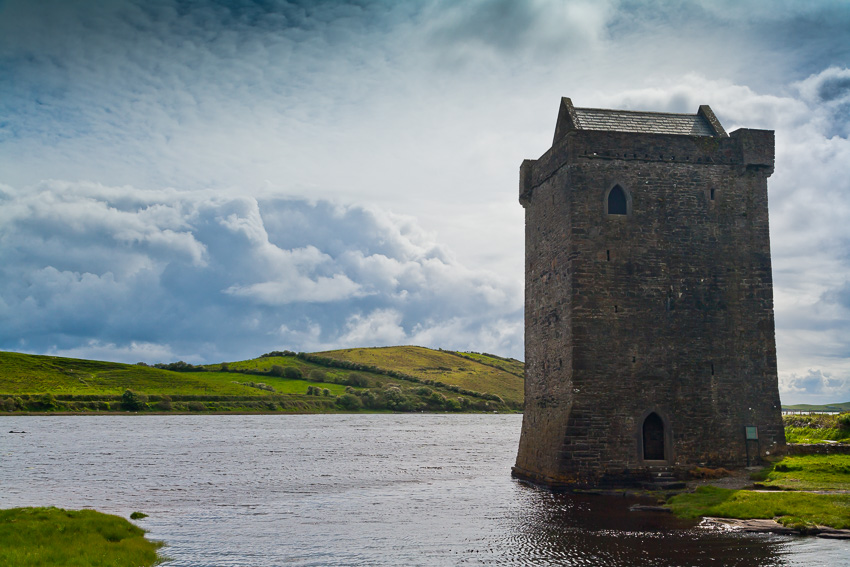A current trend in digital photography is “Out of cam” or OOC for short. Never heard of it? It’s the new mark of quality for digital photos because it means the images are unedited. Not manipulated. Real. They show the world as it is. Just as we used to expose the edge of the negative onto the photo paper to show that the image had not been cropped.
Unedited?
I claim, not for the first time, that there are no unedited photos. Every digital image undergoes image processing already in the camera, to a greater or lesser degree depending on the chosen image style. So if you use your photos “out of cam”, you just leave the image processing to the programmer of the camera firmware, which means you are just too lazy to do it yourself. There is nothing wrong with that! Many black and white photographers of earlier days did not make their own prints. They had a “printer” for that, i.e. a darkroom specialist who made the prints in consultation with the photographer. Helmut Newton, for example, had a printer with whom he worked for many years. But he certainly would not have claimed that his photos were OOC.
What about RAW data?
When I claimed that digital images are processed in the camera, this applies primarily to JPG files, of course. But RAW data must also be “interpreted” by the raw converter before we can view them on the screen. Since we humans perceive brightness logarithmically, but a digital sensor perceives it linearly, the digital image must first be adapted to human perception. This is one of the tasks that a raw converter does without being asked when we open a RAW file. Without this adjustment, the images would be far too dark and dull. It is easy to imagine that there is a not inconsiderable amount of leeway in this adjustment to human perception. This also applies to the reproduction of colors. You can easily convince yourself of this by opening the same image in different raw converters. Each raw converter interprets the data a little differently. That’s why the images look different even though you haven’t made any adjustments.
What does the camera see and what do I see?
People who don’t want to edit their photos assume that the camera is incorruptible and perceives reality exactly as he or she does. That is, to put it mildly, a bit naive. Here is an admittedly rather extreme example:

This photo of Rockfleet Castle in County Mayo, Ireland, was taken with backlighting. This is what it looks like when imported into Lightroom with the default settings. But for the life of me, that’s not how I perceived it on location. My eye/brain saw the details of the castle in great detail, of course. In the image, however, it’s a dark, almost featureless blur. The hills in the background were lush green and yellow. The sky was not simply a light gray expanse, but showed the first beginnings of blue and even a few fleecy clouds, thanks to a departing shower.
From my point of view, this picture is a typical example of the fact that image processing is necessary to adapt the photo to my perception, because this is not how I experienced the scene. The fact that I perceived the scene quite differently is, of course, due to the superior signal processing of our brain, which makes it possible to process very large differences in contrast without any problems. If I had perceived the scene the way the camera did, I probably wouldn’t have taken a photo at all, it looks so dreary.
Here is the edited version of Rockfleet Castle:

That’s exactly as it should be. And yes, I’m aware that not everyone interprets the scene the way I did here.
Oh yes, it was about “Out of Cam”. It seems to me that this is another holy grail of photography. Only someone who shoots OOC is a real photographer. Uh, of course, that only applies if he or she also consistently uses the manual exposure mode….
What do you think? As always, please feel free to leave a comment.

Leave A Comment